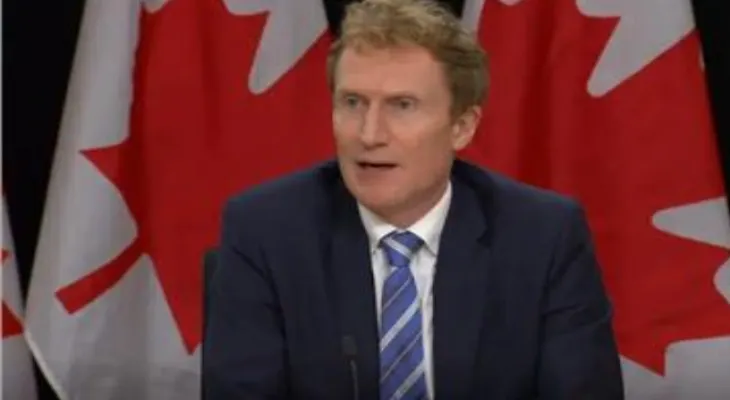Search here
Newspaper
Search here

Arab Canada News
News

Published: August 7, 2024
The Canadian Immigration Minister, Marc Miller, said: "The era of unlimited programs for coming to the country is rapidly approaching its end."
The Canadian minister explained that he plans to end unlimited temporary immigration to his country, noting that there are no programs in place to grant permanent residency to undocumented immigrants in the country.
In 2019, the last full year before the COVID-19 pandemic, Canada issued more than half a million study permits and new work visas, welcoming a total of 522,110 temporary residents. Four years later, the number of temporary residents holding these permits exceeded 1.6 million people by the end of 2023.
During the same period, housing costs became increasingly exorbitant, and public opinion shifted, with 60% of respondents in a Leger poll conducted in July saying there are far too many immigrants coming to Canada.
The immigration minister responded to the shift in public opinion by capping study permit applications, limiting them to 606,250 this year, a move expected to reduce the number of new study permits issued this year by 40%.
Miller had also announced last March that Ottawa would take further steps to limit temporary immigration with the unveiling of the first plan for temporary immigration levels in September.
In the same context, Canada is taking initial steps to limit the use of a program that allows companies to bring in temporary foreign workers after a large number of them arrived, which raised allegations of fraud and exploitation.
Canadian Labour Minister Randy Boissonnault met with business groups today /Tuesday/ and committed to stricter oversight, especially in "high-risk" sectors - he said he is considering banning certain industries entirely from using the scheme to hire foreign workers for low-wage jobs.
Prime Minister Justin Trudeau's government significantly expanded the ability of companies to hire temporary foreign workers in response to complaints from businesses about labor shortages in 2022. The proportion of employees that most companies were allowed to hire under the program was doubled to 20%; the 30% cap still applies in construction and healthcare.
However, the government faced criticism for allowing the program to grow too rapidly. As new arrivals flowed into the country, labor market conditions changed. The unemployment rate rose to 6.4% - higher than it was before the pandemic - and the unemployment rate among young workers rose to 13.5%.
Comments